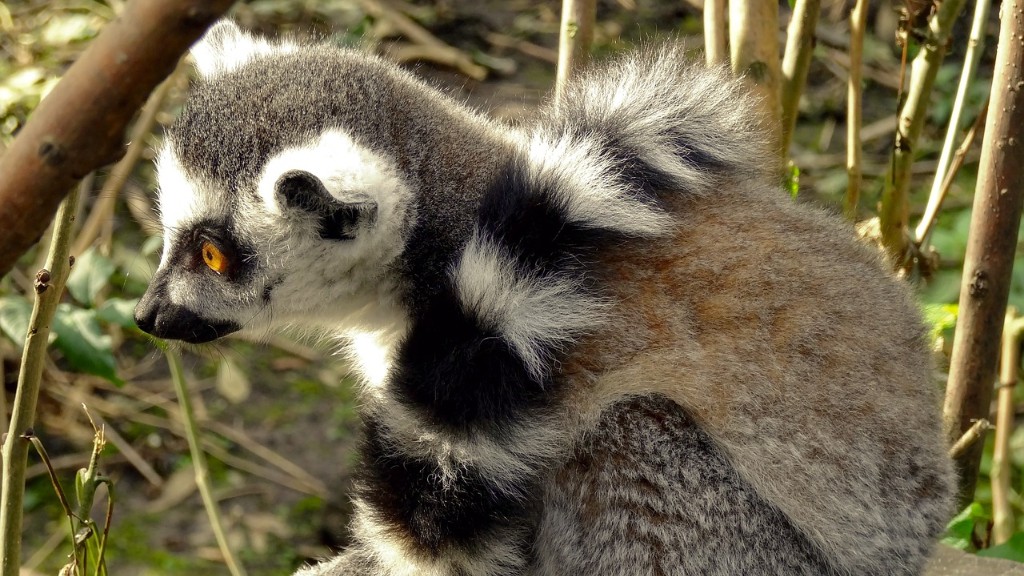How Many Lemur Species Are There in Madagascar?
Lemurs, the charismatic primates endemic to Madagascar, have long fascinated scientists and nature enthusiasts around the world. Their striking appearance and unique behaviors make them a key focus of research and conservation efforts on the island. However, determining the exact number of lemur species in Madagascar is a complex task, as new discoveries and taxonomic revisions continue to reshape our understanding of these fascinating creatures.
Background and Taxonomy of Lemurs
Madagascar, a biodiversity hotspot, is home to a wide array of lemur species. According to the latest assessments by experts, there are currently 106 recognized lemur species inhabiting the diverse ecosystems of the island. These species vary greatly in size, ranging from the tiny mouse lemurs weighing just a few ounces to the larger indri lemurs, which can weigh up to 20 pounds.
Lemurs are often categorized into five families: Lemuridae (true lemurs), Indriidae (indrids), Daubentoniidae (aye-ayes), Lepilemuridae (sportive lemurs), and Cheirogaleidae (dwarf lemurs). These families further include several genera and species, each with its own distinct characteristics and ecological niche.
The Need for Taxonomic Revision
Despite the current number of recognized lemur species, taxonomic revisions are ongoing, and new discoveries are being made. Madagascar’s remote and challenging terrain, along with the cryptic nature of some lemur species, often makes it difficult to study and identify them accurately. Additionally, advancements in genetic analysis techniques have aided in revealing previously unknown diversity within the genus.
One recent example of taxonomic revision is the split of the former single species of mouse lemur into multiple distinct species. Through genetic analysis, researchers identified several new species that were previously thought to belong to a single species. These findings highlight the importance of continued research and the use of molecular techniques to uncover the true diversity within lemur populations.
Conservation Implications
The accurate identification and recognition of lemur species have significant conservation implications. By understanding the diversity and ecological roles of different lemur species, researchers can develop tailored conservation strategies to preserve their habitats and protect these unique primates.
Madagascar’s lemurs face numerous threats, including habitat loss, fragmentation, hunting, and climate change. Conservation efforts rely on accurate species identification as the basis for prioritizing areas for protection and implementing targeted conservation actions. Ensuring the correct taxonomy of lemurs is essential for effective conservation planning and management.
Unexplored Regions and Future Discoveries
Despite years of research, there are still unexplored regions in Madagascar that may harbor new lemur species. The island’s rugged terrain and vast rainforests provide potential habitats where undiscovered lemurs may exist. Exploring these remote areas and conducting further genetic analysis are crucial for uncovering new species and expanding our knowledge of lemur diversity.
Moreover, understanding the evolutionary relationships between different lemur species can provide valuable insights into the island’s past. Lemurs have evolved in isolation on Madagascar, and studying their genetic diversity can contribute to our understanding of biogeography and the evolutionary processes that shape unique ecosystems.
Engaging Local Communities in Conservation
In addition to scientific research, engaging local communities is vital for successful lemur conservation. Many Malagasy communities live in close proximity to lemur habitats and rely on these forests for their livelihoods. By involving local people in conservation efforts, promoting environmental education, and providing sustainable alternative livelihood options, the well-being of both lemurs and the local communities can be ensured.
In conclusion, Madagascar is a haven for lemur diversity, with 106 recognized species inhabiting its various ecosystems. However, ongoing taxonomic revisions and the potential for new discoveries indicate that this number is likely to change. Understanding the true number of lemur species and their ecological roles is crucial for effective conservation strategies and preserving Madagascar’s extraordinary biodiversity for future generations.


